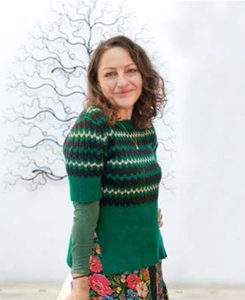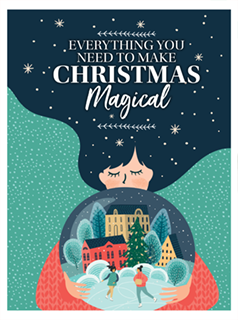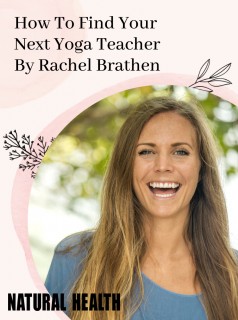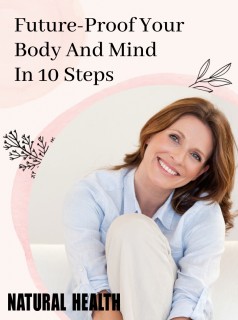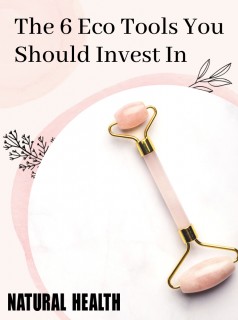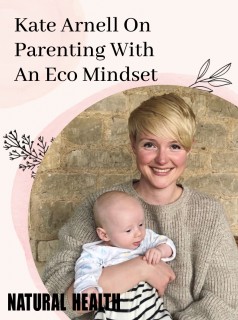From jivamukti to sivananda, there’s a yoga style out there for everyone. But which one to choose? Sharon O’Connell talks to the experts
From jivamukti to sivananda, there’s a yoga style out there for everyone. But which one to choose? Sharon O’Connell talks to the expertsit aims to unify the different aspects of you into a greater whole. “At the heart of every yoga system whatever your preferred practice is, the definitive journey is to discover your true nature or self, to know that your very essence is divine,” says hatha yoga teacher Howard Napper.
“Who doesn’t want a nice pert bottom and firm thighs?”
Its origins date back to India many hundreds, some even say thousands, of years and there is a generally accepted wisdom that yoga was initially performed as a valuable preparation to meditation. The postures, orasanas, were undertaken to help relax and free the body, enabling the yogis to sit still for hours in mediation – a practice engaged to reach a deeper inner wisdom.
Countless numbers of people, including some of the UK’s finest teachers, have experienced dramatic and life-changing transformations through yoga. It can be a cherished and preferred option to a therapist’s couch, or a valuable support to the healing process.
Carolyn Cowan, kundalini teacher explains: “I discovered kundalini yoga when I was suffering from severe depression; it literally turned my life around. Kundalini yoga is brilliant for the nervous system, especially for anyone experiencing extreme emotions like stress, addictive issues, postnatal depression and anger. It’s equally wonderful for unleashing and maintaining creativity and self-esteem.”
Physical injury and ailments can equally be transformed; David Sye, founder of Yogabeats, has been practising yoga for more than 24 years and began in response to suffering from ulcerated colitis and a spastic colon. He tried Tibetan yoga and after a course of ten sessions the doctors could find nothing – inspiring him to embrace yoga as his life’s focus.
Michele Pernetta opened the first dedicated bikram yoga studio in the UK in January 2000. While living in Los Angeles and practising martial arts for many years, Michele had severely damaged both knees. So she went to see the ‘knee guru’, a name often given to Bikram Choudhur, founder of the method and famous for fixing people’s knees. Explains Pernetta: “He said he could help me so I trusted him. It wasn’t an easy process as I soon realised my knee problems were part of a whole body misalignment. My knees are better now than they have ever been. One of things I love about bikram,which is performed in a heated room, is it creates alignment, strength and flexibility. All levels practise together, so no matter what your age, stage of fitness, size or injury, this yoga is for everyone. Yes it can be challenging, but it is safe, simple and fun.”
Try not to get caught up in how you look in the poses or the aesthetic of the practice but rather go with how the postures feel or resonate in your body and spirit. If you feel as though you are releasing stress, or that which no longer serves you, then you are doing it right. Ultimately remember yoga is a breathing discipline first and foremost, the asanas (postures) and the physical branch of yoga came much later in its history. So if all you do is sit calmly, quietly and breathe deeply you are executing the perfect practice!
Yoga: the benefits
Yoga can help you to deal with the emotional upswings and difficulties often experienced through the stresses of modern day living, such as fear, anger, depression, impatience and frustration.
Your overall experience of life will be more peaceful, calm and rosy.
With yoga, happiness, higher levels of self-esteem, confidence and clarity all become much greater.
Equally important are the physical benefits: the body’s natural functions and healing abilities are improved; you have more energy, flexibility, strength and tone.
What’s your style?
Here are some of the traditional and also some of the newer yoga methods available:
Hatha is a gentle paced yoga involving stretching with a focus on alignment. It uses asanas and pranayama to relieve tension, and stiffness and stress to increase energy and balance the physical, mental and spiritual self. Suitable for all levels of ability.
A series of 26 hatha postures and two breathing exercises practiced in a heated room. Effective for bringing alignment, strength, stamina, flexibility, slimming and toning. Works every part of the body maximising oxygenation and detoxification. Bikram is suitable for all levels of ability, bringing an incredible sense of wellbeing.
A fun, eclectic mix of styles for all levels of fitness. It’s practised against rhythmic and ambient world music, using micro-moves; continuous movements that don’t lock off the muscles or disrupt the blood flow, which increases flexibility.
A free flowing form of yoga that links the breath with the movement. It tends to be more dynamical though can be taught in a slow-flow, alignment-based way.
Dharma mittra vinyasa
Challenging and physically absorbing, designed to reintegrate the flow of energy through the spinal column and emanate deep into all areas of the physical, metabolic and spiritual bodies. Includes balancing, twisting, back bending, inversions and focused relaxation.
One of the more spiritual types of yoga, kundalini represents untapped energy that lies dormant at the base of the spine until awakened and raised through the chakras to the crown. Includes asanas, pranayama breathing, mantra, meditation, diet and worship.
Integrates the physical, philosophical and spiritual aspects of yoga. Emphasis is on vigorous asana as its primary technique set against lively music, but other practices such as meditation, devotional chanting and ancient texts play a role.
Challenging and fulfilling incorporating a sequence of poses to create a flow of breath and movement to tone, strengthen, increase flexibility and leave you feeling calm, cleansed and energised.
Synthesises the wisdom of yoga into eight principles – asanas, pranayama, relaxation –physical, mental and spiritual, diet (vegetarian), positive thinking and meditation.
Here’s your homework
There are many ways to enhance your yoga practice – here are just a few of them
Says Howard Napper:
When starting out in yoga have respect for your body and find a class appropriate to your level or interest.
To enhance your spiritual yoga practice, in held positions focus on the internal, follow the movement of the breath, notice any sensations, emotions or thoughts, just surrender and let them go.
Don’t confuse intensity with pain. Sensations arising from some positions can be intense, but don’t continue if you experience pain. Ease into your practice, you will soon be more flexible, so take your time.
Remember that finding inner awareness can often be the biggest challenge, meeting ourselves can be a powerful experience – persevere, it will be worth it
“Notice any sensations and thoughts and let them go”
Says vinyasa flow teacher Mercedes Ngoh
Never try to do ‘yesterday’s practice’ so don’t do the exact same thing you did the day before or practise what you think you should be able to do. Instead tune into the moment and see how you feel on the day.
Come from a place of truth and honesty and not from high or low ego. This will allow you to get the best practice your body and spirit needs and allows the poses to become real tools to heal, strengthen and nurture rather than harm or risk injury.
Article by
Sharon O’Connell
Article by
Sharon O’Connell


